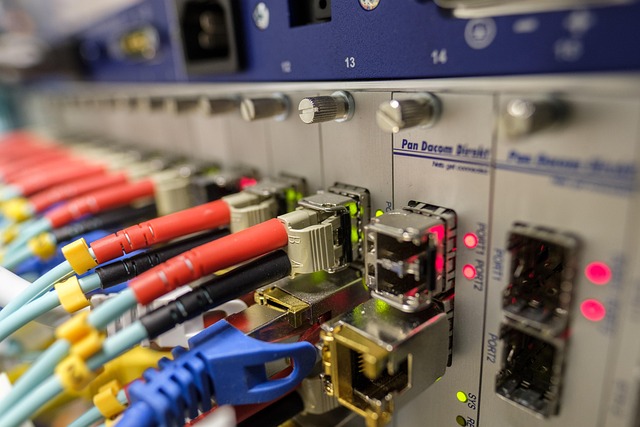
“Exploring the IT Advances of Fiber Optic Cables in Network Infrastructure”
Exploring the IT Advances of Fiber Optic Cables in Network Infrastructure
In today’s rapidly evolving world of Informational Technology (IT), staying connected with fast, reliable, and secure data transmission is more crucial than ever. At the heart of this connectivity revolution lies the fiber optic cable, a technological marvel that has transformed the way networks operate on both local and global scales.
The Backbone of Modern Network Infrastructure
Fiber optic cables have become the cornerstone of modern network infrastructure, providing unparalleled data speeds and bandwidth capabilities. Unlike traditional copper cables, which transmit electrical signals, fiber optic cables use pulses of light to carry data through thin strands of glass or plastic. This method allows for incredibly high-speed data transfer over long distances without significant signal loss or interference.
Why Fiber Optic Cables Matter in IT
The significance of fiber optic cables in IT cannot be overstated. They enable seamless communication across data centers, cloud services, and end-users, ensuring that businesses can operate efficiently and securely. As data demand skyrockets with the growth of streaming, cloud computing, and IoT devices, fiber optics provide the scalable infrastructure necessary to handle this surge.
Advancements Driving IT Innovation
Recent IT advances have pushed fiber optic technology further than ever before. Innovations such as dense wavelength division multiplexing (DWDM) allow multiple data channels to travel simultaneously through a single fiber, exponentially increasing capacity. Additionally, improvements in fiber materials and manufacturing have enhanced durability and installation flexibility, making network deployments faster and more cost-effective.
Challenges and Future Perspectives
While fiber optic cables hold immense promise, integrating them into existing network infrastructure presents challenges. The cost and complexity of installation, especially in urban or rugged areas, require thoughtful planning and investment. However, as technology advances, these hurdles are steadily being overcome through smarter design and automation.
Looking ahead, the continued evolution of fiber optic technology is set to underpin the next generation of IT networks, powering innovations like 5G, edge computing, and artificial intelligence. For IT professionals and network engineers, understanding and leveraging fiber optic cables is essential to building resilient, high-performance infrastructures that meet the demands of tomorrow.


